2010 Chevy Malibu Fuse Diagram
How to Check and Replace Car Fuses
Solve electrical problems yourself by simply replacing a fuse. We'll show you how to check car fuses, how to replace a car fuse and more here.
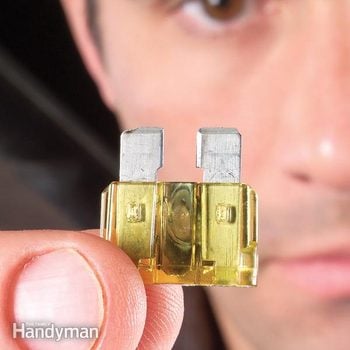 Family Handyman
Family Handyman
Cars run on electricity as well as gas, and almost all of it runs through fuses. Learn where they are, how to spot a blown fuse, and how to replace them. It takes about five minutes, costs about $1, and it'll save you the hassle of a trip to the repair shop.
You might also like: TBD
- Time
- Complexity
- Cost
- An hour or less
- Beginner
- Less than $20
Step 1: Locate the auto fuses
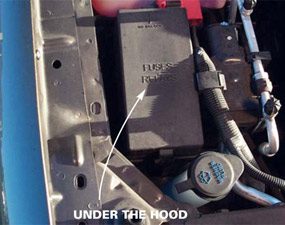
Photo 1: How to check car fuses under the hood
Checking your auto fuses is fairly simple but it's always smart to inspect your owner's manual for the location of your fuse box. It's often under the hood.
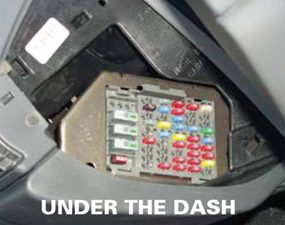
Under the dash
Some types of cars locate the fuse box under the dash, beneath the side kick panels or under the rear seat.
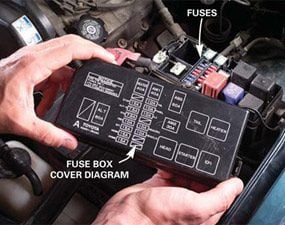
Photo 2: Fuse diagram shows fuse locations
Remove the cover and look for a locator sticker. You may need to check your owner's manual for the location of the fuse you're looking for.

Back side of cover
Many fuse covers contain extra car fuses and fuse pullers on the back side. If you use one of them, replace it the next time you go to the auto parts store.
Vehicles today have 40 or more auto fuses grouped in two or more places and usually vary from 10 to 30 amps. Usually located in or around the instrument panel near the dash, fuses can also be found under the hood and even under the rear seat.
Next time your radio, lights or other device stops working, chances are a blown fuse is the culprit. Look under "Fuses" in your owner's manual for help finding your fuse panels. Most manuals have a diagram showing you where each fuse box is. Each fuse panel cover should have a diagram listing each device and the corresponding fuse.
CAUTION!
Never replace a blown fuse with a higher-amp fuse. Always replace the fuse with one with the specified amp rating. You may install the next-smaller-rated fuse to get you by in a pinch until you can purchase a replacement.
Step 2: Test for the bad fuse
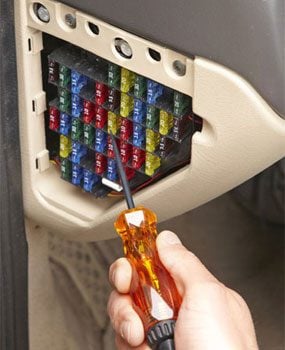
Photo 3: Test with an automotive light
Clamp the grounding lead of your test light to a metal component. Turn the ignition key to the "run" position. Then probe both of the tiny test ports in the face of each fuse. The light should illuminate at each port. If it doesn't, the fuse is blown.

Photo 4: Test with a fuse tester
Turn the key to the "run" position and press the tester prongs into the test ports. The LED will light up if the fuse is good.
Once you find the fuse box, locate the right fuse by checking the diagram located inside the cover. Then test it with a standard automotive test light (photo 1). Or, buy a fuse testing tool at an auto parts store, like Autozone, and just touch it to each fuse in turn (photo 2).
Not All Fuses Are Alike
There are at least seven different styles of fuses, so you'll need the blown fuse to match it up with the right replacement. Here are the three most common sizes of car fuses.
Step 3: How to replace a fuse

Photo 5: Pull the fuse
Remove the fuse that's labeled for the car device that's not working, for example, the fan, radio, lighter or marker lights. Use a needle-nose pliers or a fuse puller (available at auto parts stores).

Photo 6: Burned fuse
Hold the fuse up to the light to see if it's burned out. You'll see a fine wire connecting the two sides if the fuse is good. If a section of that wire has burned away, the fuse is bad. The picture on the left shows what a blown fuse looks like.
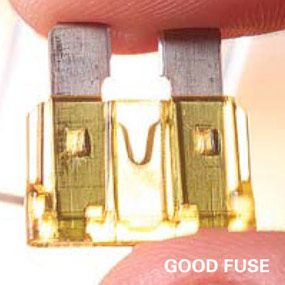
Good fuse
In a good fuse, the wire between the two sides is still whole.
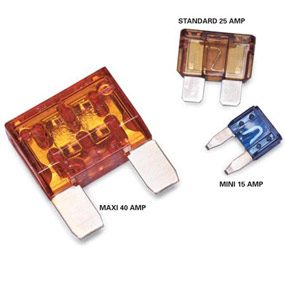
Photo 7: Types of fuses
Most automobile fuses used in vehicles today are one of three types: mini, standard or maxi. The mini and standard are fast-acting fuses that protect the majority of your vehicle's circuits, including those for lights and radios. The maxi car fuses are slow-acting fuses that protect circuits with a large current draw such as those for anti-lock brakes, rear window defogger and traction control.
Car fuses are color coded by amp rating. For example, a standard blue fuse has a 15-amp rating, yellow is 20 amps and green is 30. Before you buy and replace car fuses, keep in mind that the fuse panel cover often contains spare fuses and even a fuse puller. Just be sure to replace the spares so they'll be there the next time you need them. You can buy them at any auto parts store and at well-stocked service stations.
Note: If your new fuse blows soon after installing it, you could have problems in that circuit. Schedule an appointment with your service station or dealer for an expert diagnosis to repair the problem.
In-Line Fuses
Some accessories that aren't factory installed may have a remote in-line fuse. These fuses can be located under the dash, under the hood or even in the trunk depending on the circuit they protect. They most likely protect an aftermarket accessory like fog lights or a CD changer. The best way to find an in-line fuse is to trace the wire from the accessory to the fuse panel. Along the way, you'll notice a fuse container that looks like one of these shown. Open the housing to pull out the fuse and examine it. Replace it with one of the same size and amperage and snap the housing back together.
Required Tools for this Project
Have the necessary tools for this DIY project lined up before you start—you'll save time and frustration.
Use pliers if you don't have a fuse puller.
Required Materials for this Project
Avoid last-minute shopping trips by having all your materials ready ahead of time. Here's a list.
Similar Projects
Posted by: alainealainewildee0270879.blogspot.com
Source: https://www.familyhandyman.com/project/replacing-auto-fuses/
Post a Comment for "2010 Chevy Malibu Fuse Diagram"